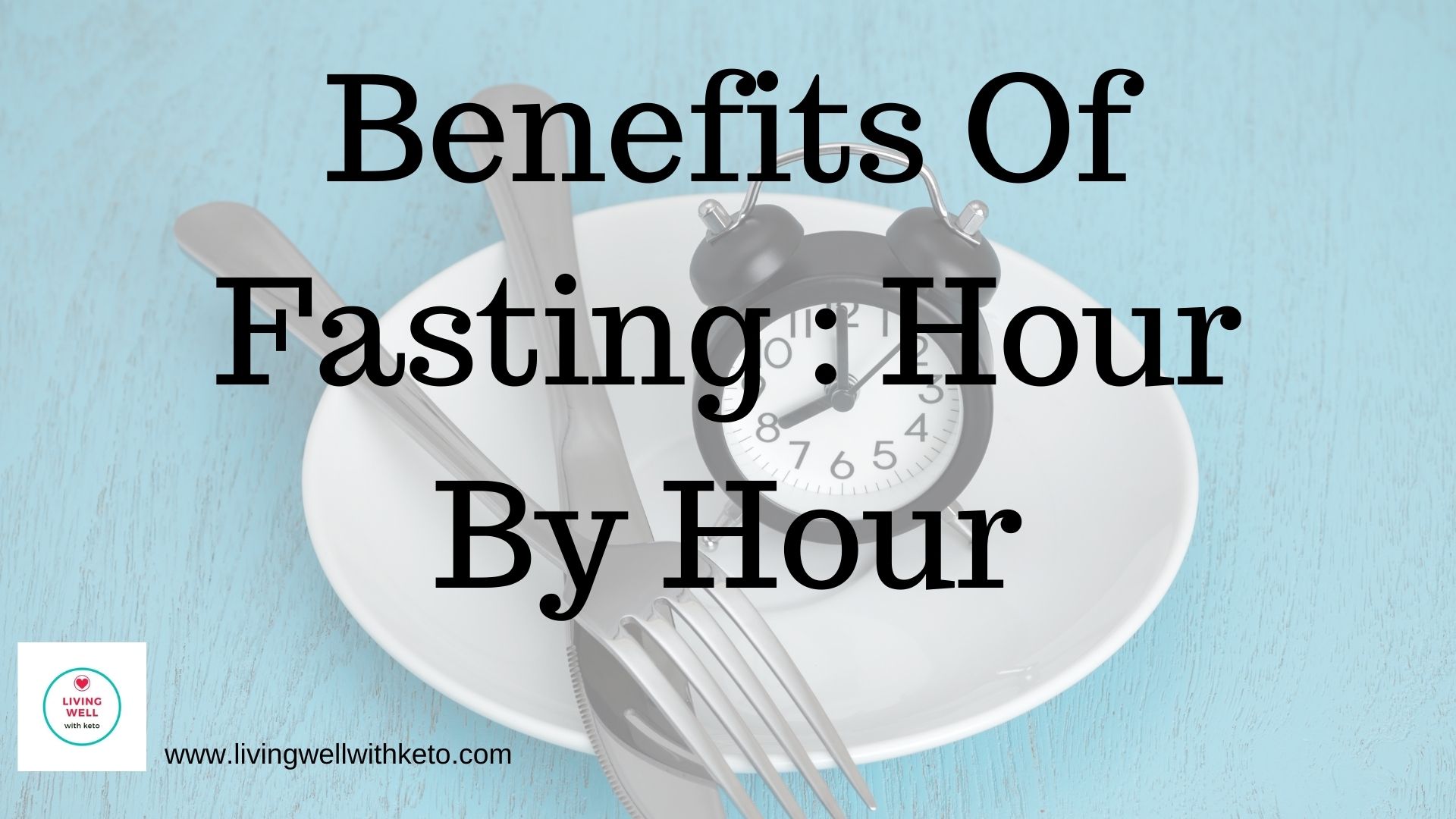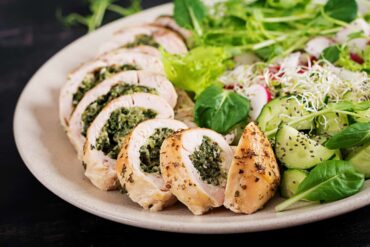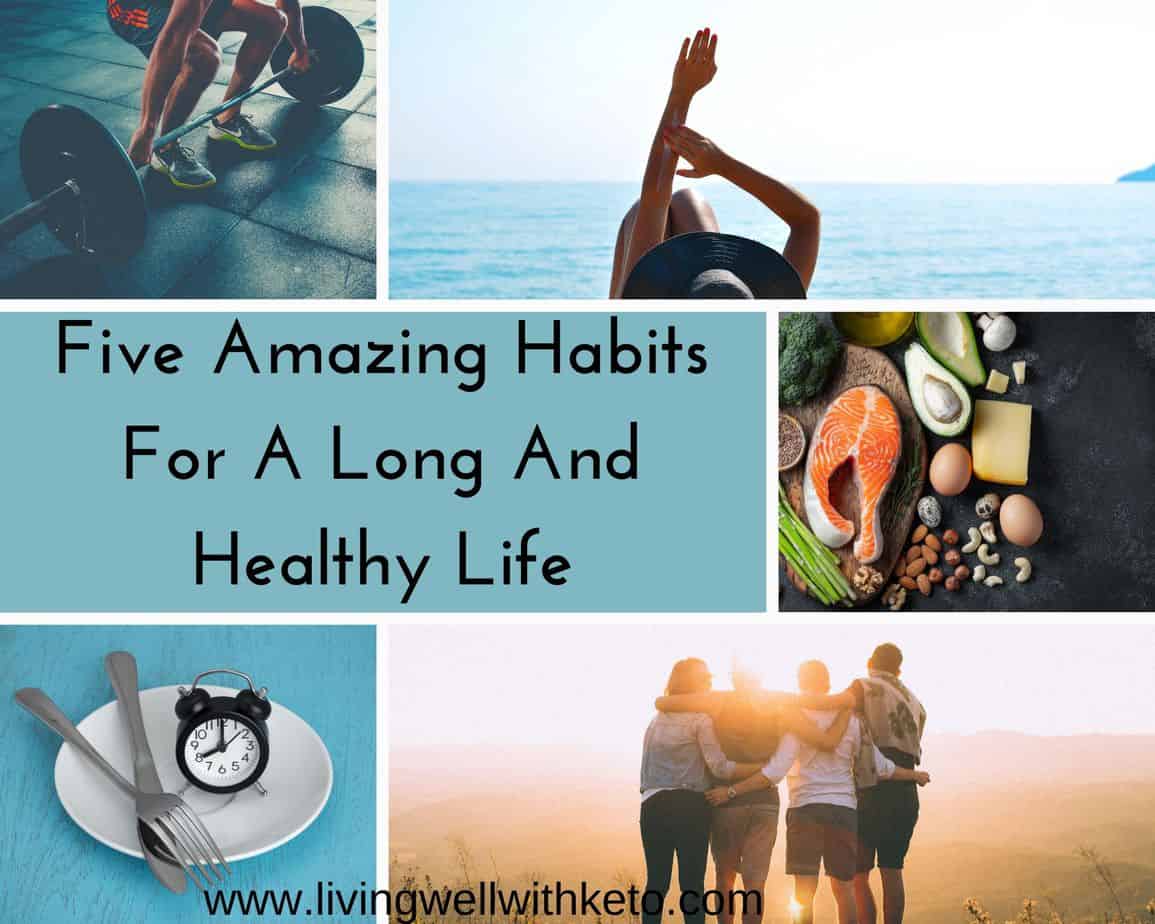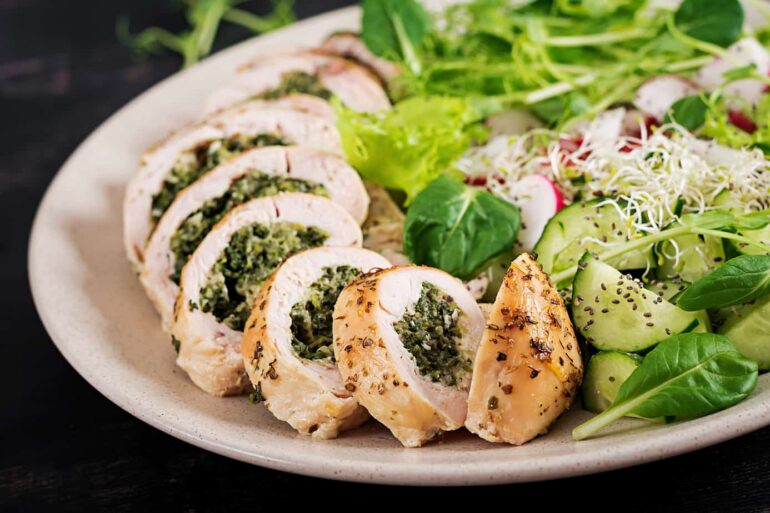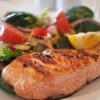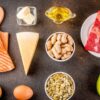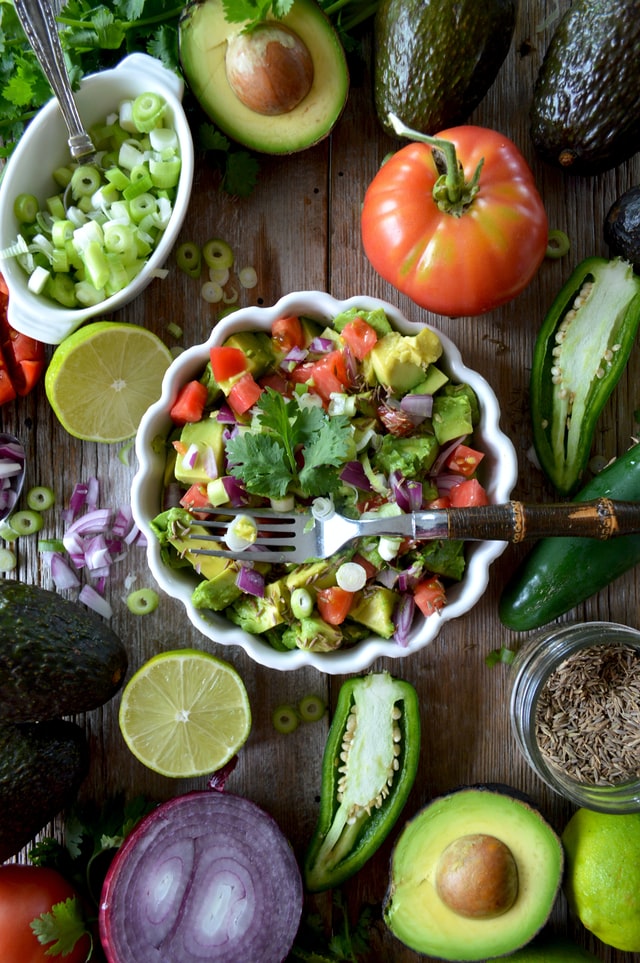How to get started on the keto diet the no worries way may seem a tall order at first.
Getting started with the keto diet does require a little research, but you need to know only a few things in the beginning.
If you’ve done what most people do then you will have read a lot of articles and advice, and attempted to memorize a mountain of keto food lists.
To address this, I have put together this quick guide on how to get started on the keto diet without worrying about every small detail.
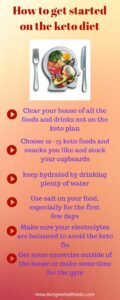
Then take yourself over to the keto calculator which will work out your macros (carbs, protein and fat).The calculator will let you know exactly how much of each macro you should be eating each day.
The calculator takes into account your gender, age, weight, height and activity level.
You will now know the amounts that you should eat of each macro as well as which foods to choose.
Pick out 10 – 15 foods that you know you’ll like and make sure you have them to hand. Having plenty of low carb snacks will be a help, especially in the first few days as they will see you through the start of your keto journey before ketosis has fully set in. Once you’re in ketosis, you will find that your appetite is reduced. Just make sure you know how many carbs per gram your snack contains. To know more about keto snacks read this.
Always remember that you are aiming to stay under 20g of carbs per day. This is net carbs (total carbs minus the fiber). You’ll need to check if the carb count on any packet of store bought food is listed in net or total carbs.
Aim for about 0.8g of protein per 1 kg of your body weight, or 0.36g per pound. This is a medium protein diet. Eating too much protein is unnecessary, and could take you out of ketosis. Sufficient protein is the healthiest way to go.
Your fat intake should be about 75% of your daily intake. So really, all you need to worry about at this stage is eating enough fat to feel satiated. Definitely eat enough fat so that you are not thinking about food every minute of the day.
After a week or so you could weigh yourself. If you feel like you haven’t lost enough weight, then reduce your fat intake a bit. Eating enough isn’t another way of saying pig out – you do need to be realistic. Don’t aim to lose weight too quickly though, on average 1kg or 2lb each week is great.
Remember that weight loss on the keto diet is rapid, especially in the first week. There is no need to starve yourself to obtain great results. The aim is to eat all you need to eat to stay full, making sure that you are eating only keto foods.
If you’re tempted with a pile of potatoes, throw them out! Better still, empty your cupboards of any and all foods that are off limits, and are going to be calling your name once you’ve started on your keto diet. You’re much less likely to drive to the store for a can of a sugar filled soft drink than you are to walk to your fridge. Make life easy for yourself.
Stay hydrated
Make sure to drink plenty of water throughout the day. You will be losing extra water during the first few days as your water containing fat cells are pressed into service for your body’s energy requirements. Great news for your stomach rolls, but you do need to factor this in and adjust your daily water intake accordingly.
Salt your food
As you’ve just read, in the first few days you will be losing extra water. This has the effect of also causing you to lose more salt than normal. Just the same as you do on hot days when you sweat more than usual. Make sure you add plenty of salt to your food, and use a little more than you would normally do for the first few days.
This is especially helpful if you find you have a headache in the beginning or the much talked about keto flu, which is caused by a loss of micronutrients, and sometimes by a lack of calories if you aren’t eating enough.
This set of symptoms which together are known as the keto “flu” sometimes effects people who are new to the keto way of eating.
It happens especially when your body is not yet adapted to fat burning and can last for up to the first week on the diet. Make sure you know about this and how to avoid it before you start.
You can read about the keto flu here.
Fill your day with your normal activities
There is no need to spend your first week of your diet flat out on your couch. In fact this is a surefire way to start concentrating on what you’re going to eat next. Do yourself a favor and get up and moving.
Do all the activities that you would normally take part in. Try to get outside of some exercise or if you are at work, concentrate on a few tasks that you’ve been putting off.
Check if you’re in ketosis
This one isn’t completely necessary. If you’re keeping to under 20g of net carbs then you’re going to be in ketosis within the first week or so. However, it’s true to say that some people can reach ketosis much sooner, and you might want to see if you’re one of them.
There are many ways of doing this. The strips that test your urine for ketosis are cheap and available in most pharmacies. Blood testing machines are the most accurate, but it might not be an expense that you want to make straight away.
There are also machines that test your breath. These are less expensive than the blood tests, but less accurate too.
My advice is to not worry about this for the first week or two. If you know you’ve kept to the diet, then you’ll be in ketosis. You can always think about obtaining a test kit further on in your keto lifestyle when you’re working out just how many carbs you as an individual can eat.
The take home message
The keto diet changed my weight and my health. If followed correctly it will do the same for you. Don’t worry about getting every last thing right during the first week or two.
Eat enough to reach all your macro goals and make sure you consume all that you need at each meal. Aim to leave the table feeling as though you’ve had enough.
Snacks can be helpful from time to time, but try not to rely on them. It’s better to make sure your meals are big enough to keep you feeling full.
Make sure you’re getting all your nutrients by choosing nutrient rich foods and eating plenty of vegetables.
Keep yourself well hydrated and if you can, put in some time at the gym or generally get some exercise.
As you begin to see the weight loss, and feel the health benefits, the keto diet will become second nature to you. Most people develop their knowledge and understanding of the keto lifestyle as they go along.
Many thousands of people are now reaping the benefits of this amazing, healthy way of eating and you can too.
